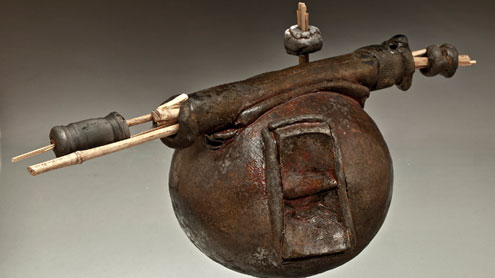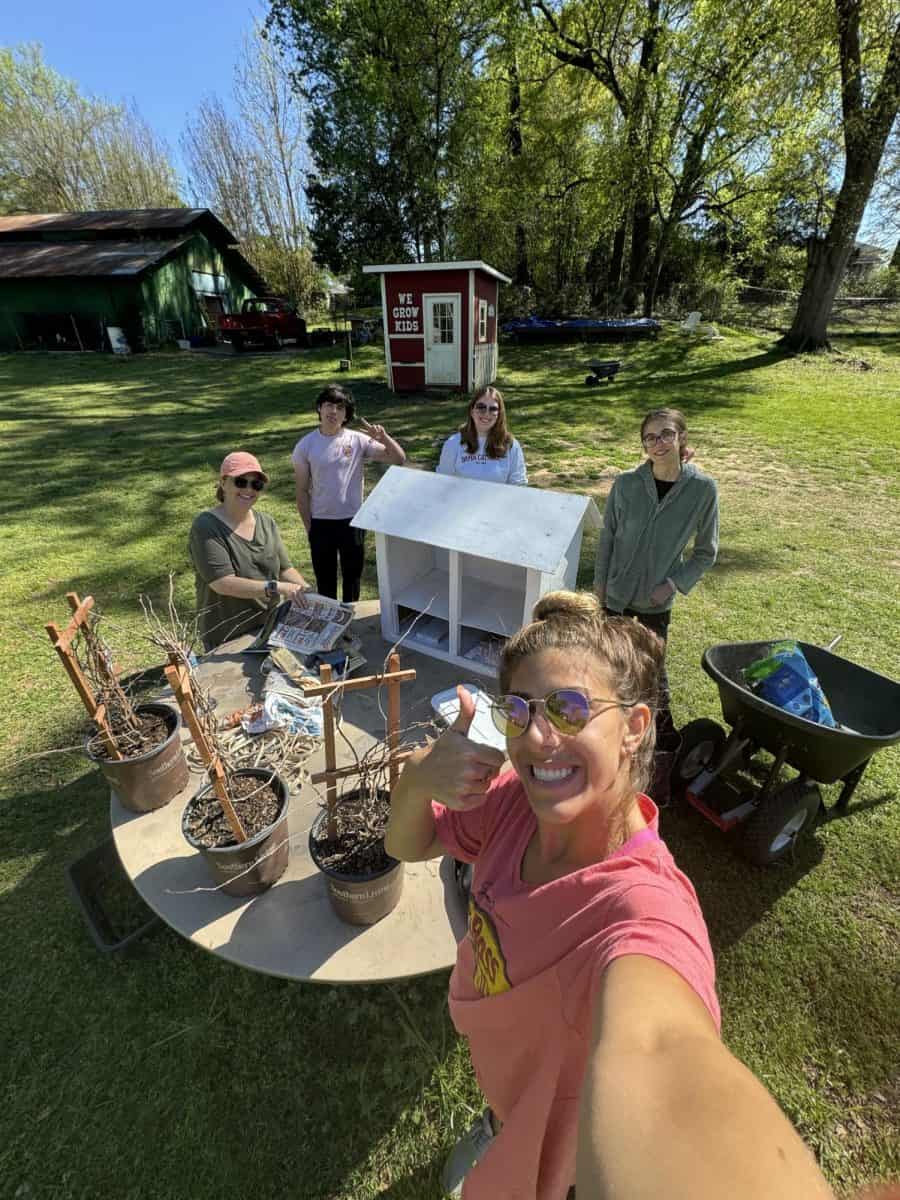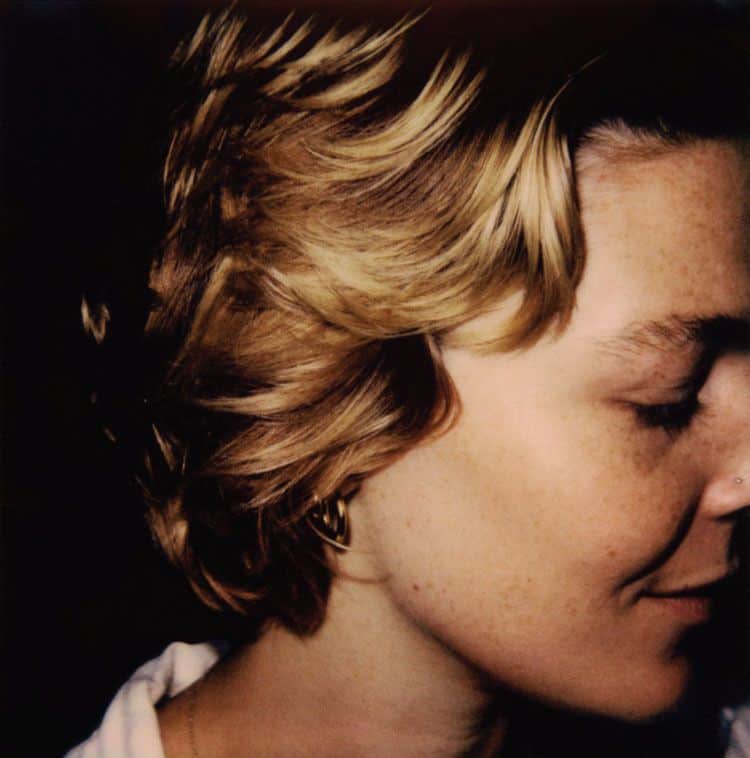Humans have been making pottery for thousands of years. The products serve practical and artistic purposes — and sometimes both. The pottery process itself has been celebrated in other works of art such as the poems of the Persian poet Omar Khayyam. “All this of Pot and Potter — Tell me then –– Who is the Potter, pray, and who is the Pot?” reads one of his most famous lines.
The celebration of the pottery tradition will continue here in Tuscaloosa today at 5 p.m. when the Kentuck Art Gallery presents a display of Timothy Weber’s pottery during Art Night.
“We’re very glad to have [Weber] back,” said Kentuck’s executive director Jan Pruitt. “For many years, he was an artist in residence here. His work, whether functional or fantastical, is gorgeous. I encourage all University students to come see the exhibit and enjoy Art Night.”
Timothy Weber has been making pottery for more than 40 years.
“I took a couple classes in high school that piqued my interest,” Weber said. “When I was drafted, I worked in special services in an arts and crafts shop — a program where you can study art, take part in workshops, build model airplanes and, of course, make ceramics.”
Currently, he works full-time in his own studio. He also teaches at the Centennial Art Center, a Parks and Recreation initiative in Nashville, Tenn. Previously, he has been the director of the Appalachian Center for Craft as well as the director of visual art, craft and media with the Tennessee Arts Commission. He’s considered an authority on the subject.
“I’m often asked to work at workshops, on panels for arts commissions or as a judge for public art contests,” Weber said.
Weber’s most common works are everyday pieces such as bowls and other tableware.
“Most of my work today is functional stoneware,” said Weber. “Although there is some experimentation, I try to closely duplicate my previous works.”
Kentuck, however, will not only be showcasing Weber’s functional plates and bowls. His “fantastical” works, called the “Spirit House” series, will be on display as well. Mostly wall-mounted, these sculptures are Weber’s miniature interpretations of primitive dwellings.
“It shows my interest in primitive cultures,” said Weber. “It’s called Neoprimitive. It’s really a combination of African, Asian and Native American influences. I was introduced to Nigerian art through a friend, and I grew up in the Northwest, where Native American art is prevalent.”
Weber is excited about his step away from functionality.
“It’s a chance for me to explore and be more experimental,” he said. “It’s really the jazz of my body of work. It’s free-formed and spontaneous.”
Although Weber contends that art is a crazy way to make a living, he encourages young artists to keep at it.
“Take advantage of other artists. Ask questions,” Weber said. “If you have a desire and an interest, pursue it with all of your heart.”
The Kentuck Art Center is located at 503 Main Avenue in Northport. Timothy Weber’s exhibit will be on display until Sept. 25.







